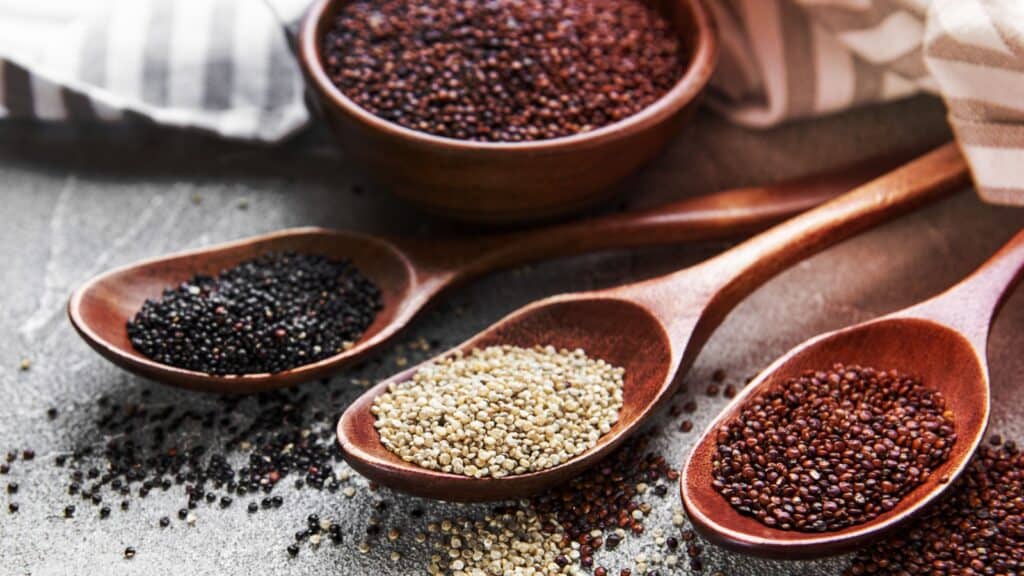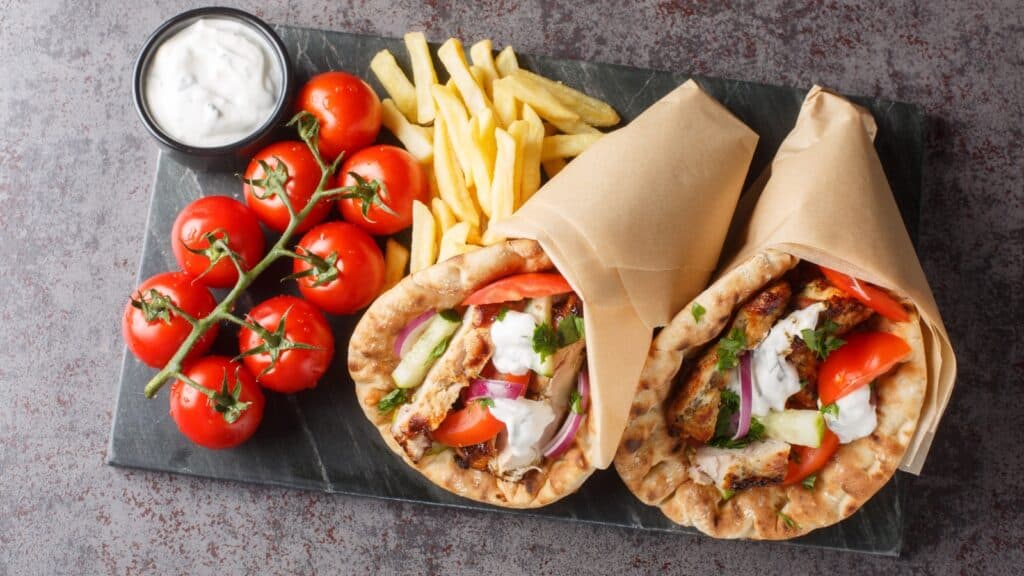20 Food Names You’re Probably Butchering (Here’s How to Say Them Right)
Navigating a menu can sometimes be a linguistic challenge, especially when faced with dishes from various cultures. Mispronouncing these can be a tad embarrassing, but fear not! Here’s a guide to 20 popular dishes that are commonly mispronounced, along with their correct pronunciations and a brief description to boost your culinary confidence.
1. Croissant

Pronunciation: kwah-sahn
This buttery, flaky French pastry is a breakfast favorite worldwide. Remember, the ‘t’ is silent, and the emphasis is on the second syllable.
2. Bruschetta

Pronunciation: broo-SKET-tuh
An Italian appetizer consisting of grilled bread rubbed with garlic and topped with tomatoes and basil. The ‘ch’ is pronounced as a hard ‘k’.
3. Gnocchi

Pronunciation: NYO-kee
Soft Italian dumplings, often made from potatoes, flour, and eggs. The ‘g’ is silent, and the ‘noc’ sounds like ‘nyo’. Check out our recipe here.
4. Pho

Pronunciation: fuh
A Vietnamese soup consisting of broth, rice noodles, herbs, and meat. Despite its spelling, it’s simply pronounced ‘fuh’. Check out our recipe here.
5. Quinoa

Pronunciation: KEEN-wah
A protein-rich grain that’s become a staple in health-conscious diets. Both syllables are emphasized, with ‘keen’ leading.
6. Açaí

Pronunciation: ah-sigh-EE
A Brazilian berry often used in smoothie bowls. The cedilla under the ‘c’ gives it an ‘s’ sound, making it ‘ah-sigh-EE’.
7. Gyro

Pronunciation: YEE-roh
A Greek dish of meat cooked on a vertical rotisserie, typically served in pita bread. It rhymes with ‘hero’.
8. Tzatziki

Pronunciation: tsah-ZEE-kee
A Greek sauce made from yogurt, cucumber, garlic, and herbs. The initial ‘tz’ is pronounced like the ‘zz’ in ‘pizza’.
9. Worcestershire

Pronunciation: WUSS-ter-sheer
A fermented liquid condiment originating from Worcester, England. Despite its complex spelling, it’s simplified in pronunciation.
10. Paella

Pronunciation: pie-AY-uh
A Spanish rice dish originating from Valencia, often containing seafood or meat. The double ‘l’ is pronounced as a ‘y’.
11. Macaron

Pronunciation: mah-kah-ROHN
A delicate French meringue-based cookie. Not to be confused with ‘macaroon’, which is a coconut-based treat.
12. Jalapeño

Pronunciation: hah-lah-PEH-nyoh
A medium-sized chili pepper from Mexico. The ‘j’ is pronounced as an ‘h’, and the ‘ñ’ gives a ‘ny’ sound.
13. Charcuterie

Pronunciation: shahr-KOO-tuh-ree
French term that refers to prepared meats, such as sausage, ham, bacon, and pâté. So-called charcuterie boards have become popular as appetizers or party snacks in the United States in recent years. Strictly speaking, these should contain only French meat products, but the term has broadened to include, in addition to assorted meats, a variety of cheeses, nuts, fruits, vegetables, breads, crackers, and even sauces.
Don’t be tempted to say “shar-COO-tuh-ree”—that’s a common slip-up.
14. Bouillabaisse

Pronunciation: BOO-yuh-base
This Provençal fish stew from France can trip up even confident foodies. Skip the “bouilla-bayse” guess—go with the soft French flow. Try this easy version.
15. Sriracha

Pronunciation: see-RAH-cha
This spicy Thai-style chili sauce is beloved in the U.S., but many say it wrong. It’s not “sir-acha”—the first “r” is soft.
16. Coq au Vin

Pronunciation: coke-oh-VAHN
A classic French dish of chicken slowly braised in red wine with mushrooms, onions, and herbs. The “q” is silent, and “vin” is pronounced with a nasal “n”—more like “van” (with a French accent), not like “song.”
17. Espresso

Pronunciation: ess-PRESS-oh
Not “expresso”! That’s one of the most common food mispronunciations. There’s no “x” in espresso—just rich, strong coffee.
18. Niçoise (as in Niçoise salad)

Pronunciation: nee-SWAZ
This French salad—often made with tuna, olives, and eggs—comes from Nice, France. The final “e” is not pronounced, and the “ç” gives it a soft “s” sound. There are also Niçoise olives. Here is our version.
19. Vichyssoise

Pronunciation: vee-shee-SWAHZ
Yes, you make a “z” sound at the end. It is not vee-shee-SWAH. This is a creamy French soup traditionally made with leeks, potatoes, onions, and cream—served cold. Despite its fancy name, it’s a simple and elegant dish. The ending “-oise” sounds like “swahz”—not “soys” or “soise.”
20. tapanade

Pronunciation: TAH-peh-nahd
A Provençal spread made from finely chopped olives, capers, and olive oil—often served with bread or crackers. Many people say “tape-nade,” but the correct French pronunciation emphasizes the softer ending: “nahd.”
The Takeaway

Food is one of the most delicious ways to explore different cultures—but pronouncing the dishes correctly is part of the experience, too. Whether you’re ordering at a fancy restaurant, traveling abroad, or just reading a menu out loud, getting these names right shows respect for the cuisine—and gives you a little confidence boost, too.
Now that you’ve got the pronunciations down, go forth and order that bouillabaisse or tzatziki like a pro. Your taste buds (and your waiter) will thank you.
29 Arabic Words You Didn’t Know You Were Using Every Day

The English language is a melting pot of influences from various cultures and languages. Among these, Arabic has made a significant contribution, especially through trade, science, and cultural exchanges over centuries. This article explores the fascinating journey of Arabic words into everyday English, their origins, and their meanings in both languages.
29 Arabic Words You Didn’t Know You Were Using Every Day
Join Us

Join us on this empowering journey as we explore, celebrate, and elevate “her story.” The Queen Zone is not just a platform; it’s a community where women from all walks of life can come together, share their experiences, and inspire one another. Welcome to a space where the female experience takes center stage. Sign up for our newsletter so you don’t miss a thing, Queen!







